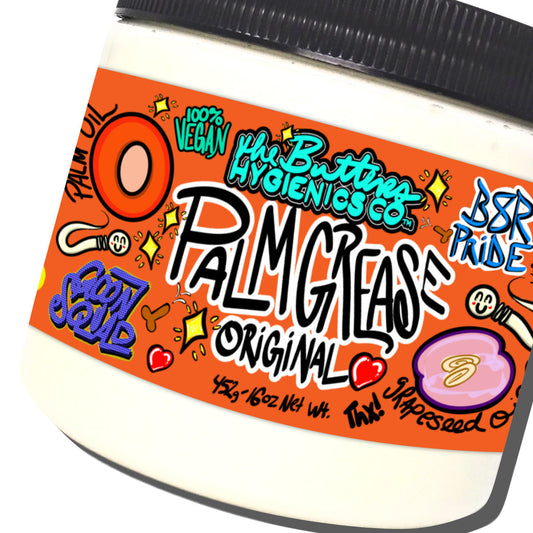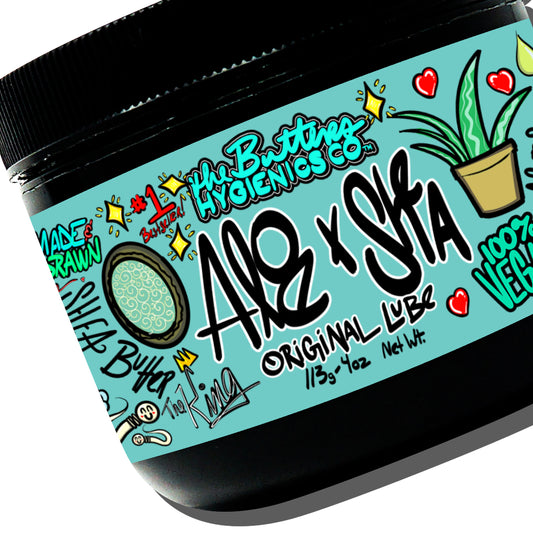
The Wheel of Feels: A Guide to Understanding and Navigating Emotions for All Ages
Share
Feelings can be tricky to define, especially when they’re layered or intense. One moment, you’re just a little stressed; the next, you’re deep in a tangle of emotions without clear words to describe them. Enter The Wheel of Feels—a practical, fun, and modern tool designed to help you (and those around you) make sense of what’s going on inside.
As a psychologist, autistic, and caregiver to children, I know the importance of emotional awareness for people of all ages. Feelings shape our experiences, relationships, and well-being, yet many of us struggle to identify or express them. That’s where The Wheel of Feels comes in. Its vibrant, modern design is eye-catching and accessible, making it a perfect fit for educational settings, personal growth, or even family bonding moments. And here’s the best part: this image is licensed under Creative Commons, so you’re free to print your own or use it in classrooms, workshops, or at home.
In this post, I’ll share how and when to use The Wheel of Feels to make the journey of understanding emotions more engaging, insightful, and accessible. Whether you’re introducing it to kids or using it yourself, this tool can help build emotional clarity, self-confidence, and stronger connections with others.

Why Use The Wheel of Feels?
The Wheel of Feels isn’t just a colorful chart; it’s a tool that turns complex emotions into something tangible and approachable. Emotions are signals from the mind, sometimes clear (“I’m excited!”) and sometimes confusing (“I feel… off”). With The Wheel of Feels, you can navigate these feelings, moving from broad emotions to specific nuances that make them easier to understand and express.
This tool can help you:
- Increase Self-Awareness – Regular use lets you spot patterns, track moods, and see how your experiences affect your emotions.
- Improve Communication – By understanding your feelings, you can express them more effectively, strengthening relationships.
- Reduce Overwhelm – Naming emotions gives them form and structure, making them feel manageable rather than mysterious.
Will People Actually Use This?
You might wonder if The Wheel of Feels will just sit there, looking pretty. But people who see it are often surprised by how naturally they reach for it. Why? Because when we see all these emotions, laid out and organized, it clicks. There’s an instant pull to find a spot on the wheel that matches what we’re feeling, and even just a glance at all these emotions can start to clear the fog.
The truth is, people love learning about themselves—and they should! There’s something deeply satisfying in realizing that a tool like The Wheel of Feels can help you understand your own mind a little better. This wheel offers a simple but powerful way to check in, get curious, and see the layers of our emotions in a way that makes sense. In today’s world, where everyone’s busy, being earnest and helpful is rare and refreshing—and people adore that quality.
And the more people use it, the more they’ll appreciate the small but steady impact of regular emotional check-ins. It’s a way of showing yourself respect and care, a small gift that lets you feel seen and heard. Ultimately, helping people understand and feel better about themselves is never wasted effort.
When to Use The Wheel of Feels
There’s no “perfect” time to use The Wheel of Feels—only times that feel right for you. Here are a few key moments when this tool can offer support:
1. Morning Check-In
Starting your day with a feelings check-in is like getting an emotional weather forecast. Find a feeling on the wheel that matches your mood and let it guide you through the day. Recognizing an emotion early can help you set intentions or prepare for any challenges ahead.
For this I made a pillow! That way you can keep it right next to you!
2. Midday Reset
Feeling “off” or overwhelmed mid-day? Take a quick moment to pause and use The Wheel of Feels to pinpoint your emotions. Maybe that vague irritation is actually frustration, which a quick break or walk might help relieve. This check-in helps keep small emotions from building up or turning into stress.
3. Evening Reflection
End your day by reflecting on its emotional highs and lows with the wheel. This helps process experiences and gain insights about recurring patterns, making it a great practice for winding down before bed.
4. In Moments of Overwhelm
When emotions hit hard, The Wheel of Feels can help you slow down and make sense of them, layer by layer. Start at the center and work outward to find what resonates most. This exercise can ground you in the moment, making emotions feel less overpowering.
How to Use The Wheel of Feels
Here’s a quick guide on how to make the most of The Wheel of Feels:
-
Start at the Core Begin by identifying a core feeling at the center of the wheel, such as “anger” or “joy.” From there, move outward, exploring specific nuances that better match your mood. Think of it as peeling back layers of an onion—each level brings greater clarity.
-
Use Color Cues for Patterns The colors aren’t just for fun—they represent emotion categories. If you often land in one color section, this may point to recurring themes in your feelings worth exploring further.
-
Experiment with Group Reflection The Wheel of Feels is great for solo work, but it’s also ideal for group settings. Friends or family members can each pick an emotion on the wheel, share why it resonates, and open up a space for mutual understanding. This shared activity can strengthen bonds and build empathy, especially among kids or teens.
-
Pair with Journaling or Conversations Write down your feelings or talk them out with a trusted person to take emotional awareness a step further. Journaling about why an emotion resonated can help organize complex thoughts and strengthen self-awareness. Meanwhile, talking things out provides support and outside perspective.
Why Regular Use Matters
Emotions don’t come with instruction manuals, but The Wheel of Feels can be your guide. The more you use it, the more you’ll recognize patterns in your reactions and responses. This kind of awareness can be life-changing, helping you respond to emotions with intention rather than reacting blindly.
Regular use of The Wheel of Feels can help normalize emotional check-ins, boosting mental health, strengthening relationships, and fostering resilience. When emotions are less mysterious, they become less intimidating, making it easier to understand and manage them.
Final Thoughts: Make The Wheel of Feels Your Own
The Wheel of Feels is here to help you, not define you. It’s flexible, adaptable, and free for you to use however you’d like. Print a copy for your home, office, or classroom and integrate it into your daily routine, group sessions, or personal reflections. Whether you’re exploring emotions solo or sharing them with others, The Wheel of Feels is a simple but effective tool for connecting with yourself and those around you.
Explore your feelings, strengthen your emotional awareness, and enjoy the process. With The Wheel of Feels, navigating emotions can be colorful, engaging, and empowering.





